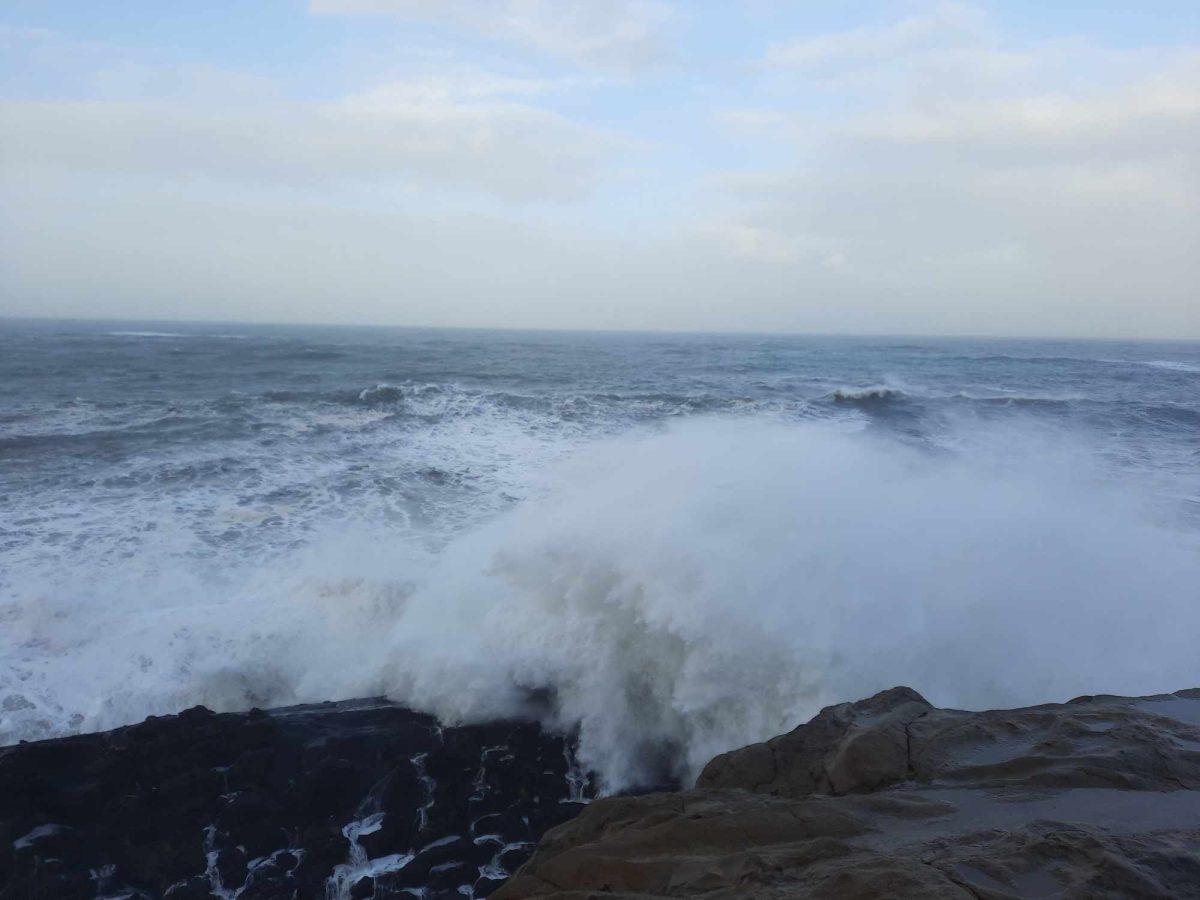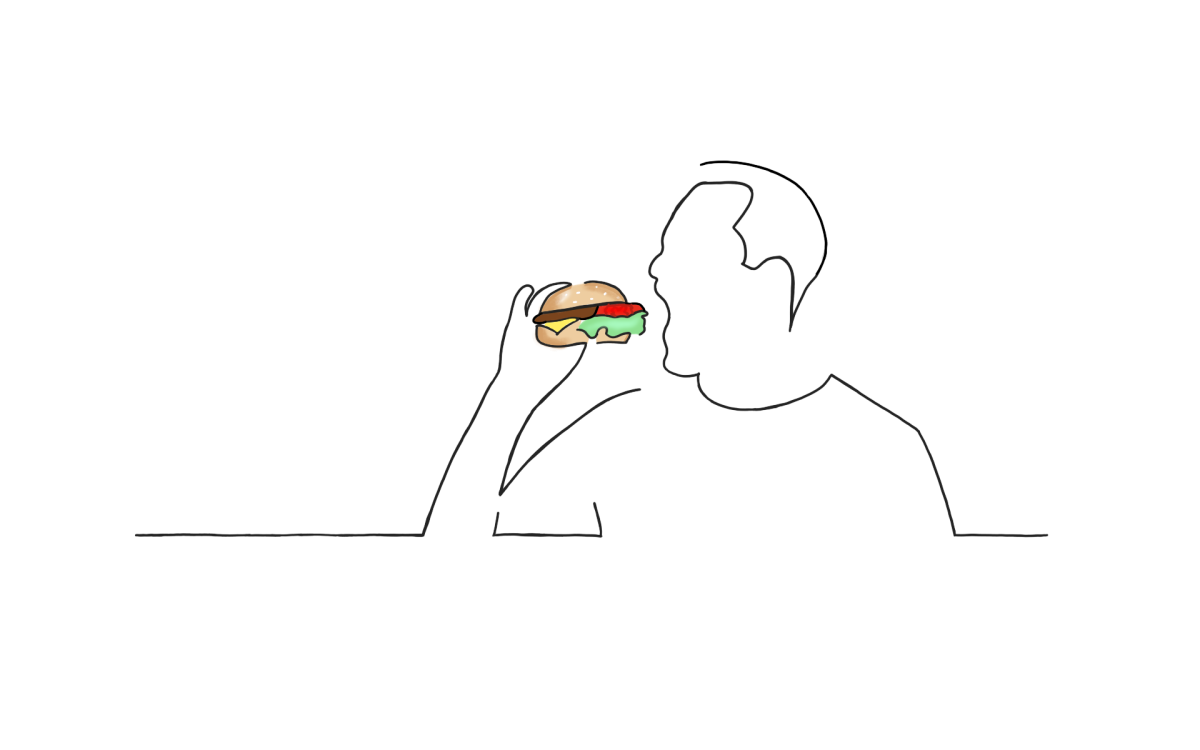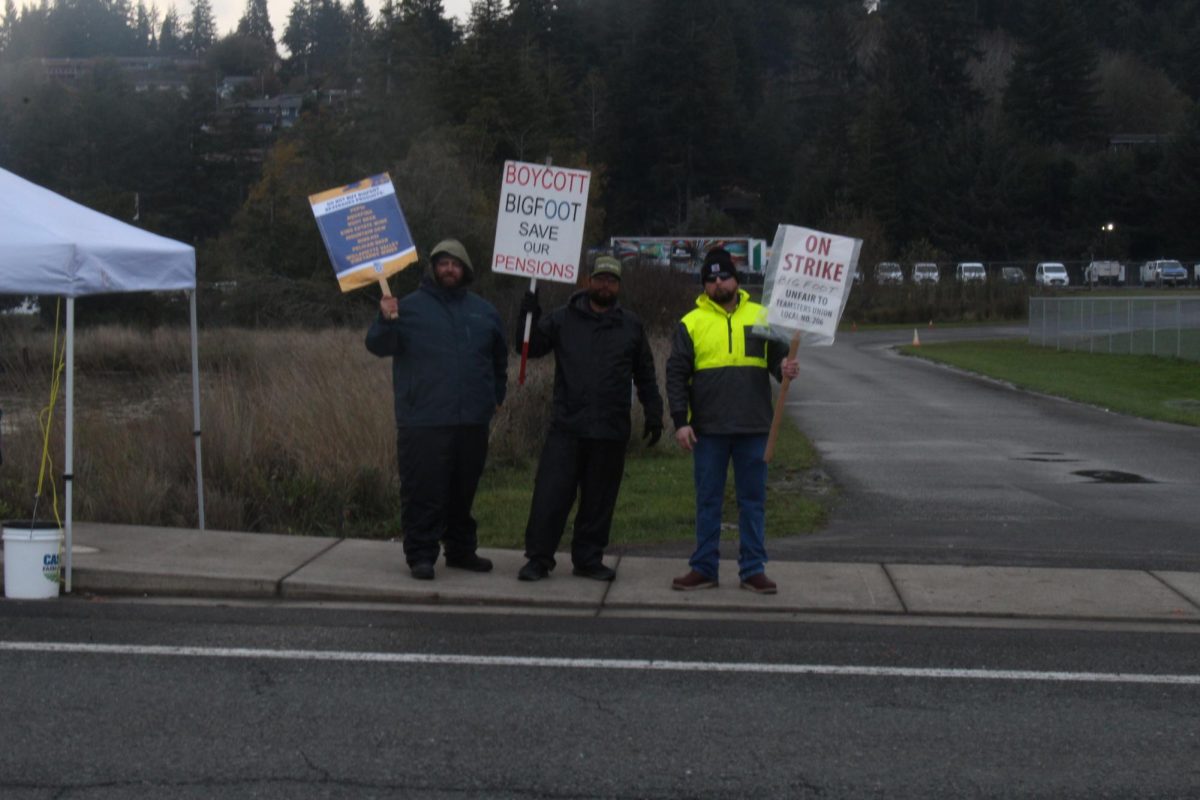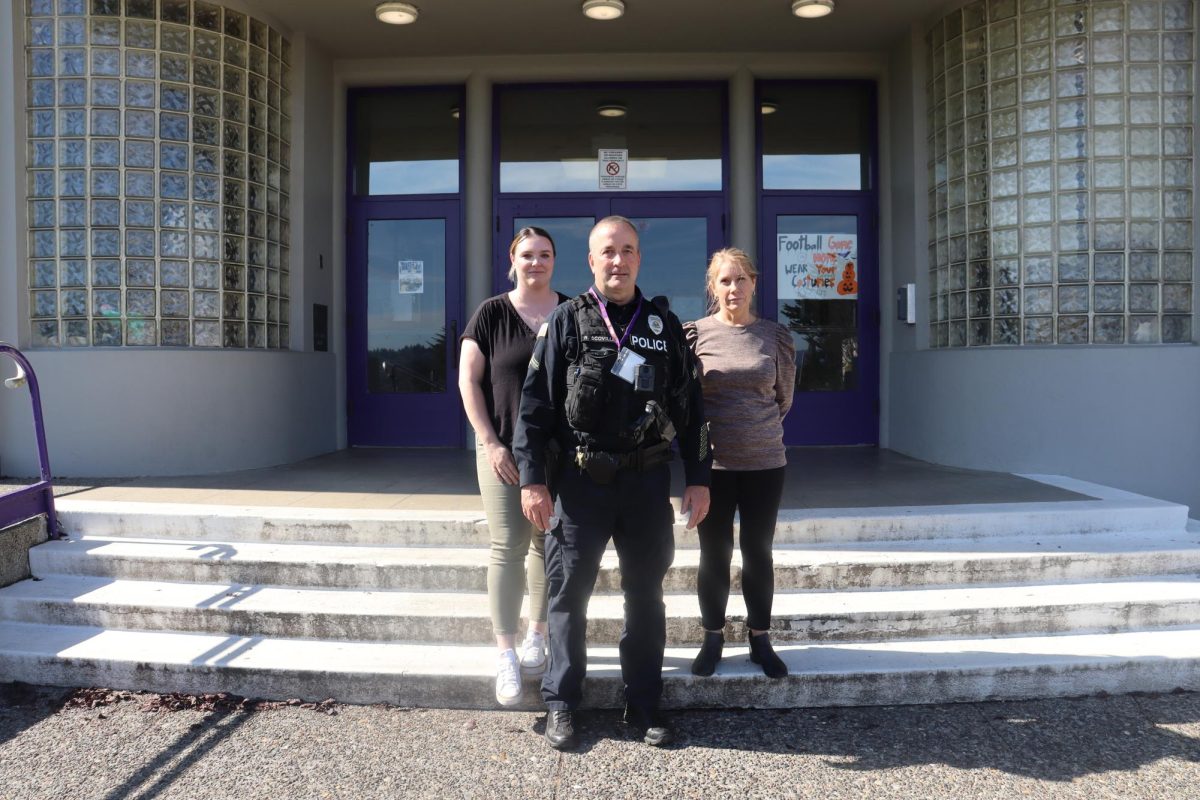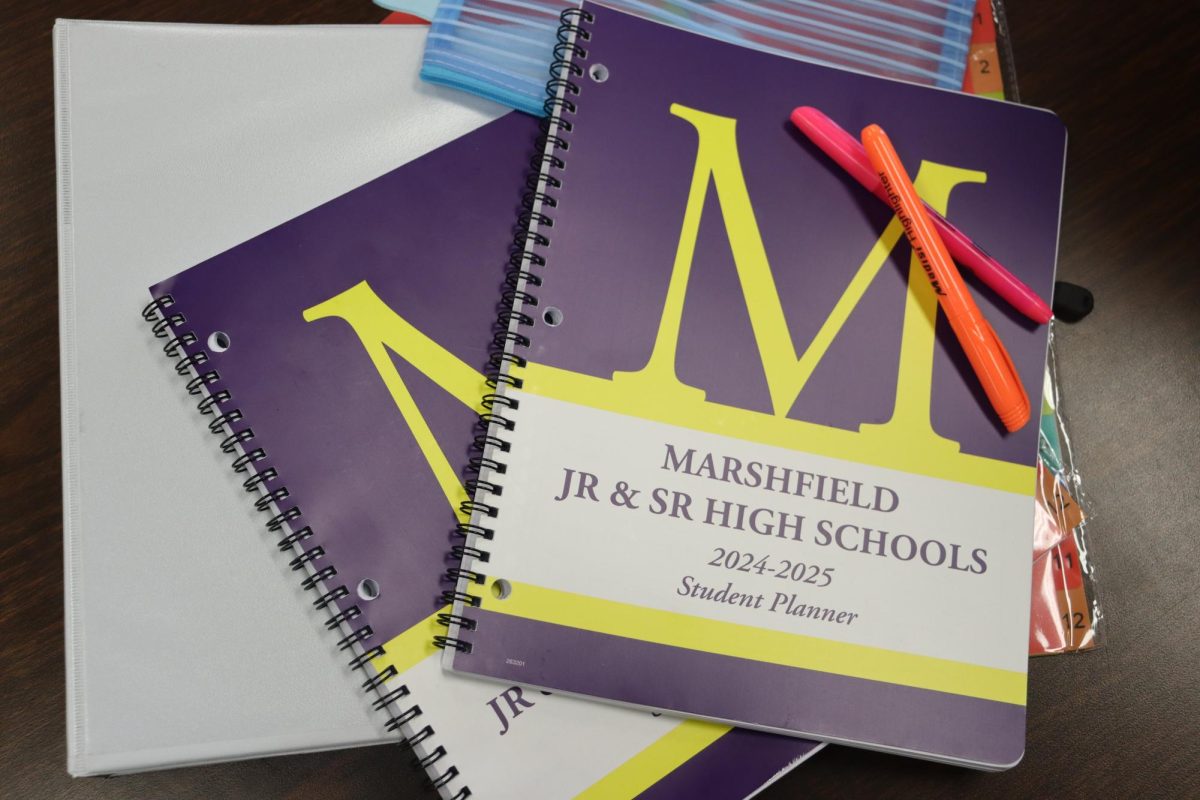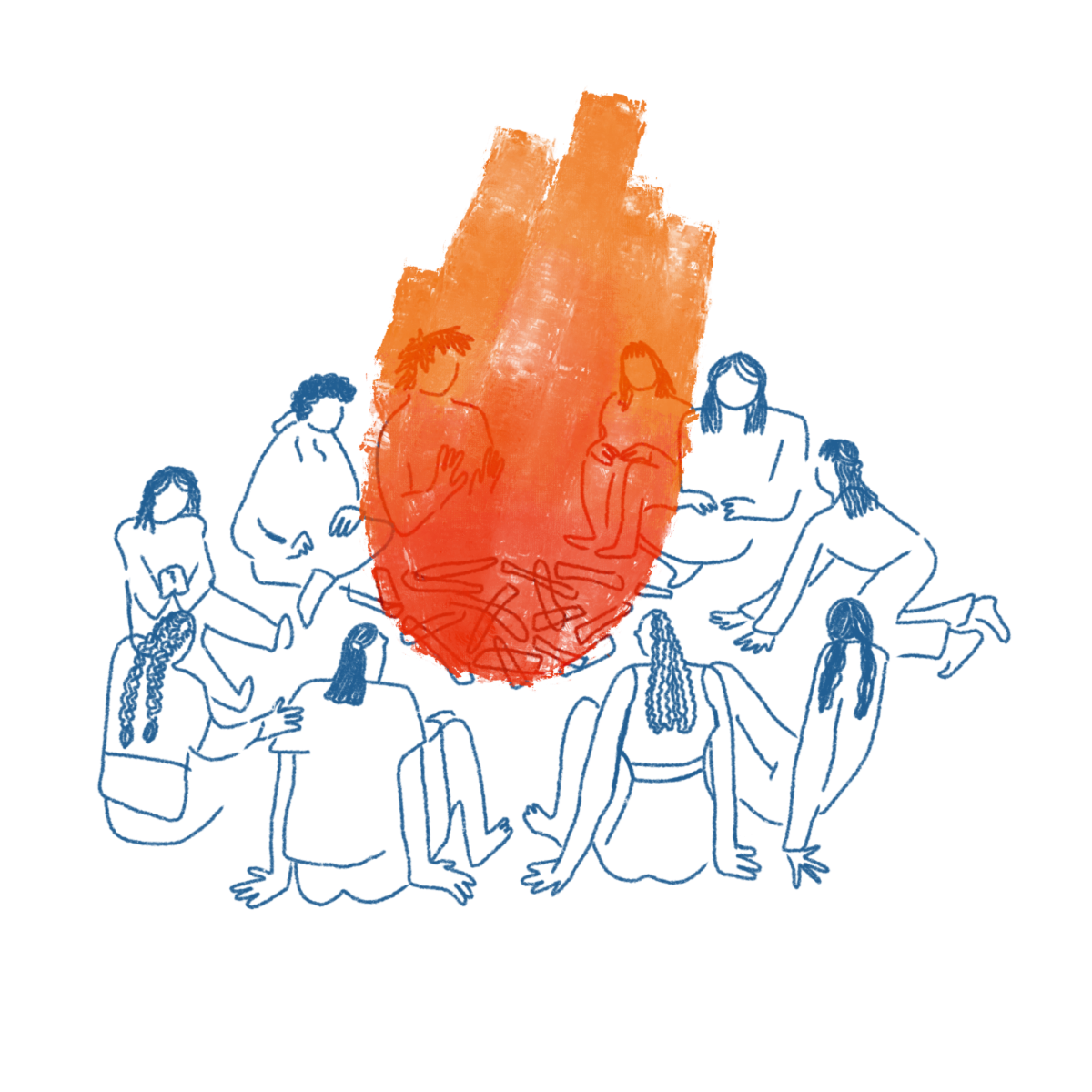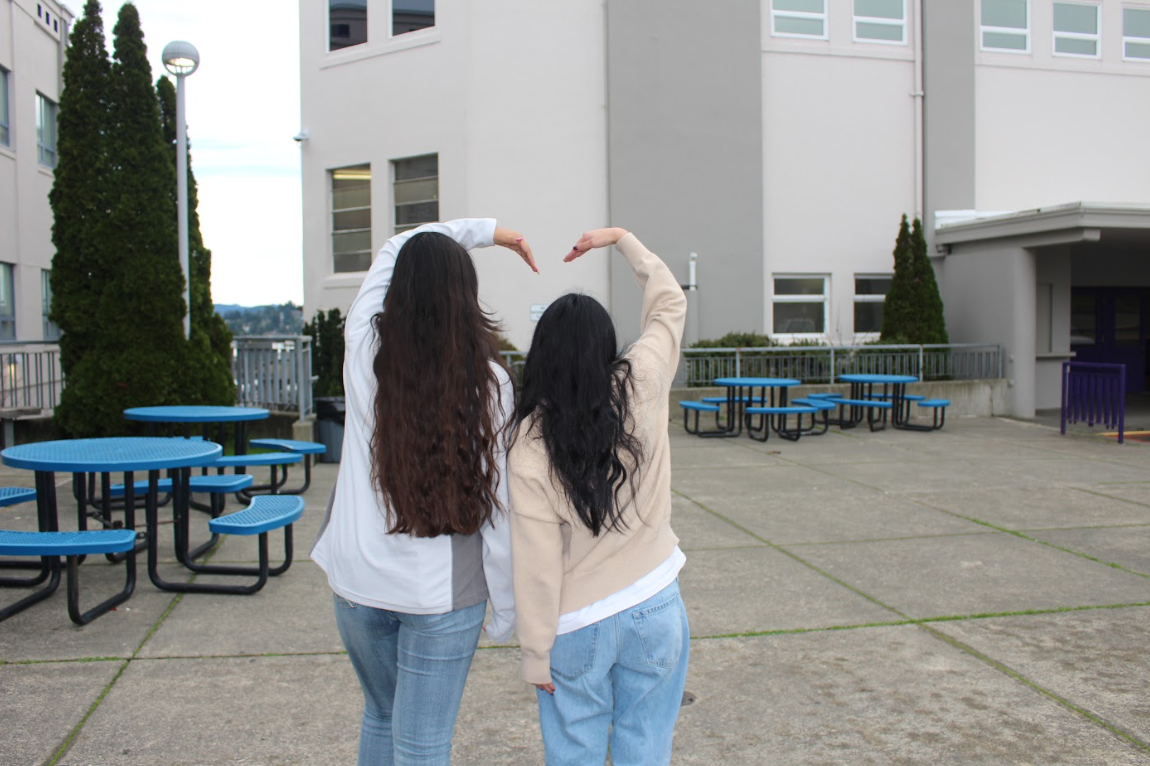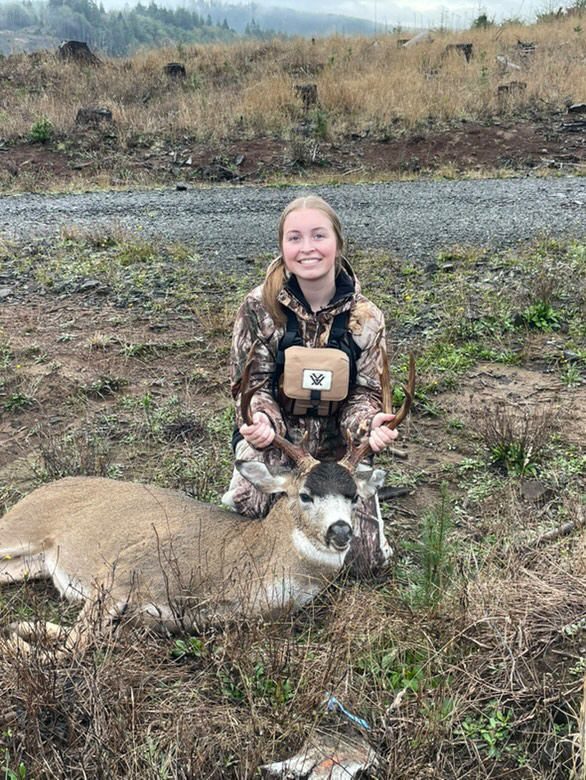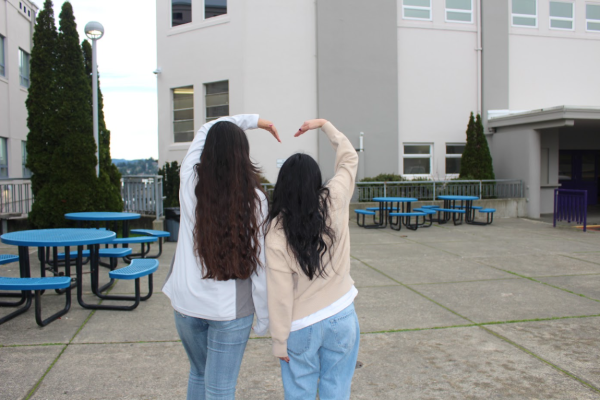Discovery abounds in adventure playgrounds
When asked to picture a playground, many think of a slide connected to a platform– often accompanied by a ladder. This setup is relatively common across the world, especially America. It’s perceived as a safe place where kids can play. Unfortunately, studies show otherwise. The traditional playground is far from safe.
The traditional playground dates back to the late 1800s. They originally included sandboxes, climbing opportunities, swings, and metal slides hot enough to burn the backs of legs.
But in the 1940s Danish architect Carl Sorensen noticed that kids much preferred to play in construction sites and desecrated buildings instead of their typical playgrounds. Upon this realization, he closed off a bit of land, filled it with materials and tools, and opened the very first alternative play place for kids. He called it a ‘junk playground.’ Kids and parents alike enjoyed it. Enter Marjory Allen, a British baroness, who became known as the godmother of play. An avid gardener and landscape architect, she visited one of Sorensen’s junk playgrounds and used it as her inspiration to build a similar park in London. From there, it continued to spread across the globe–now under the name of ‘adventure playground.’
These types of playgrounds present the issue of risk versus hazard–a concept many confuse as the same thing. Vox Media has explained this well: a rotten branch would be an example of a hazard to be expected while climbing trees; the height of the climb, however, would be the risk, since it’s manageable and requires decision making.
“Play and risk allows children to learn to trust their body and understand their physical limits,” said Samantha Beckett, a mother of two and an avid playground enjoyer. “It also grows their brains as they experience the world physically. Learning risk early on is crucial. Life requires risk and so you have to build the confidence to do it.”
Loose parts, manipulatable objects and tools are essential to the kind of playgrounds Sorensen and Allen created. Old tires, wood, hammers and nails are just a few general examples. The controlled risk of adventure playgrounds has six categories: heights, speed, tools, roughhousing, dangerous elements, and the ability to become lost. The big idea behind all these elements is how kids respond well when treated seriously. If they’re given risky items with a serious and functional purpose, they’ll experiment with caution.
The modern playground, however, has minimum risky items to play with; they are safe and static. This often causes children to seek dangerous thrills. Instead of going down the slide feet-first, they try head-first, making it dangerous. This can result in a higher injury rate compared to adventure playgrounds. And, in a country with a culture of lawsuits, overly safe playgrounds have become the norm. They focus on reducing height and hard materials, despite kids’ negative reaction to it.
Riskier playgrounds such as adventure playgrounds also encourage more activity–by approximately 18%, according to one study. They’re cheaper and report fewer injuries. Children also develop better risk detection, creativity, and self-esteem.
“Play is development,” said mother Natasha Cox. “Play is learning, exploring, communication, processing and understanding. It requires the whole brain. Overall I’m a big fan of safe risk for my kiddos. It encourages confidence and independence.”
The typical playground is visually uninteresting and extremely cookie cutter. If you’ve seen one, you’ve nearly seen them all. When the target demographic sees their product as boring, that’s a problem. A solution is allowing children the room to take risks and make mistakes in a controlled environment. Adventure playgrounds are rarely seen as boring–because they are ever-changing and each one is distinctly different from another.
“I love the concept of risky and open-ended playgrounds,” said Cox. “Kiddos should have more safe spaces to try things out and push themselves. You have to give them an opportunity to feel physical accomplishment.”
Your donation will support the student journalists of Marshfield High School. Your contribution will allow us to purchase equipment and cover our annual website hosting costs.
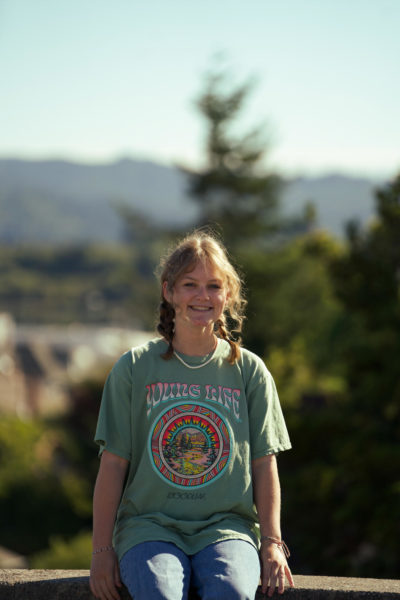
Senior Siena Beckett is a third-year member of The Marshfield Times and Managing Editor. This is currently her second year being the Publicist for ASB....

